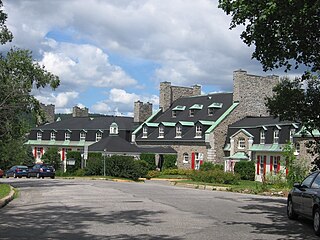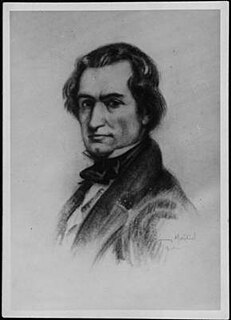Louis Fornel (August 20, 1698 – May 30, 1745) was a Canadian merchant, explorer, and seigneur in New France. Involved in maritime trade and both born and married into prominent Quebec families, Louis Fornel was among the partners Louis Bazil convinced to invest in his ill-fated Labrador sealing station.
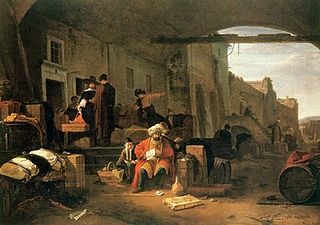
A merchant is a person who trades in commodities produced by other people. Historically, a merchant is anyone who is involved in business or trade. Merchants have operated for as long as industry, commerce, and trade have existed. During the 16th-century, in Europe, two different terms for merchants emerged: One term, meerseniers, described local traders such as bakers, grocers, etc.; while a new term, koopman (Dutch: koopman, described merchants who operated on a global stage, importing and exporting goods over vast distances, and offering added-value services such as credit and finance.
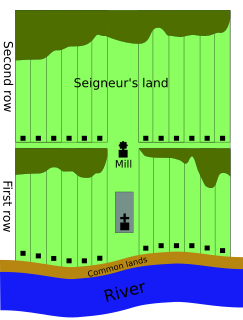
The manorial system of New France was the semi-feudal system of land tenure used in the North American French colonial empire.

New France was the area colonized by France in North America during a period beginning with the exploration of the Gulf of Saint Lawrence by Jacques Cartier in 1534 and ending with the cession of New France to Great Britain and Spain in 1763 under the Treaty of Paris (1763).
Determined to claim a sealing concession of his own, Fornel explored Hamilton Inlet (until then known as Baie des Esquimaux and named Baie Saint-Louis) in Labrador aboard the Expérience, which he owned with François Havy and Jean Lafebvre. According to his record of the journey, Fornel devised an experiment to prove that the Inuit did not, as was commonly supposed, live on raw meat and salt water. Fornel's claim to the Bay was never formally recognised until after his death, when it was granted to his widow, Marie-Anne Barbel, who carried on the family business.
Hamilton Inlet is a fjord-like inlet on the Labrador coast of the Canadian province of Newfoundland and Labrador. Together with Lake Melville, it forms the province's largest estuary, extending over 140 kilometres inland to Happy Valley-Goose Bay and primarily draining the Churchill River and Naskaupi River watersheds. Lake Melville is considered a part of Hamilton Inlet and extends west of the deep, narrow passage at the community of Rigolet.
François Havy was a French merchant who operated in Quebec. Havy managed the Quebec business of the French shipping firm Dugard et Cie. While the company's Quebec activities were modest when Havy first established the office in 1732, by 1741 he was handling a full fifth of the colony's imports. They oversaw the construction of six ships for the company.
Jean Lefebvre (1714–1760) was a French merchant in Quebec City. He came to Quebec City in 1732 to be the assistant of François Havy, at the trading company Dugard et Cie. Havy and LeFebvre formed a partnership and two became highly successful merchants in their own right. Lefebvre and Havy's business grew steadily, as they personally handled cargos and eventually came to own a small ship of their own, the Parfaite Union.
Some time in the 1740s, Fornel bought a parcel of land adjacent to Notre-Dame-des-Anges – and perhaps more importantly, the status that came with the title of seigneur—which he named Bourg-Louis.
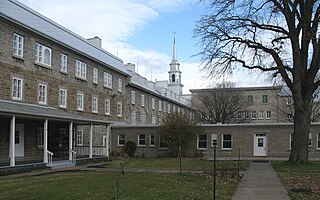
Notre-Dame-des-Anges is a parish municipality in Quebec, Canada, home of the General Hospital of Quebec.


